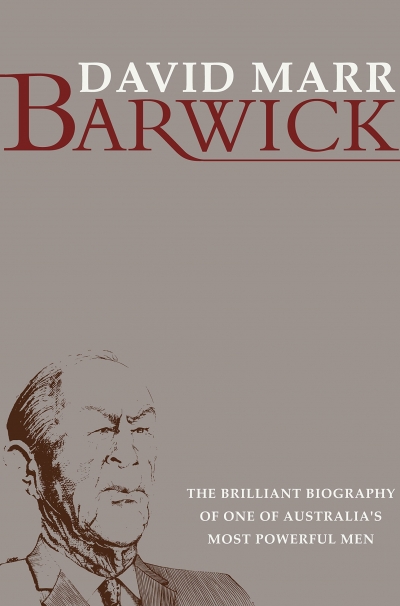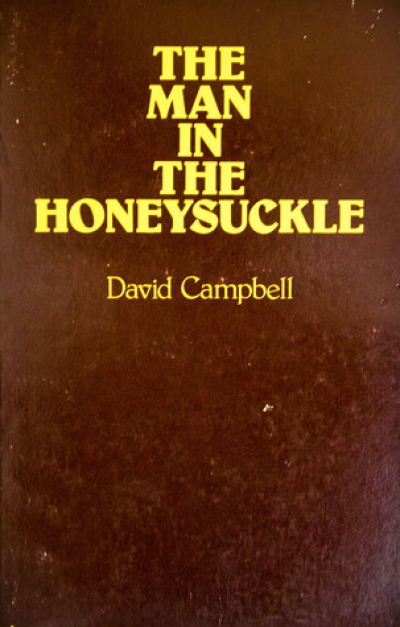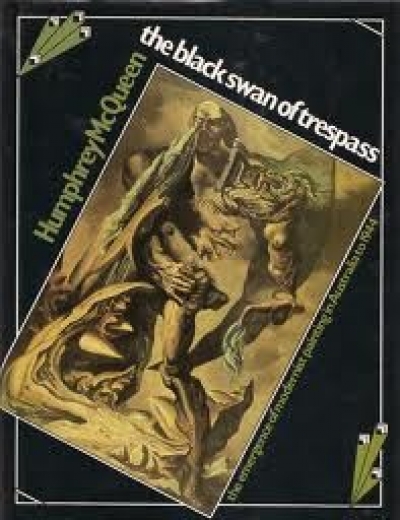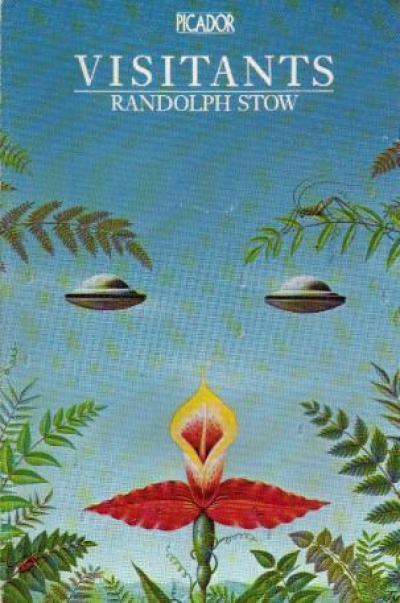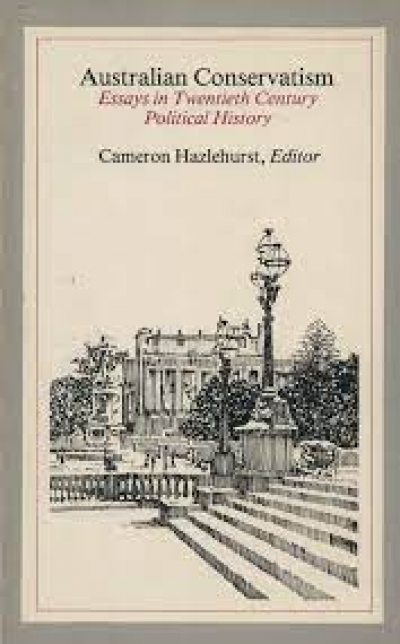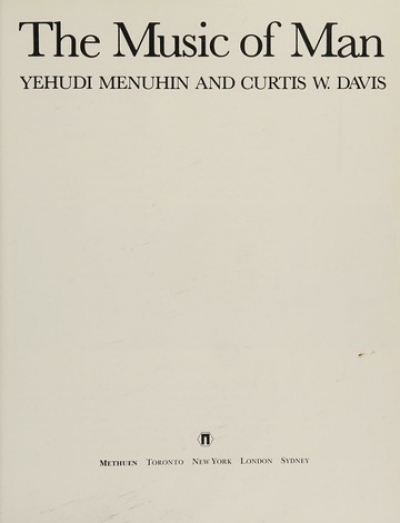Archive
Walking the Line by Rae Desmond Jones & Summer Ends Now by John Emery
by Craig Munro •
Dear Mr McLaren
Thank you for your letter. We shall certainly reciprocate in the matter of complimentary copies and we’re also interested in exchange advertising. I look forward to seeing your next issue and would appreciate receiving a copy by air mail if your circulation mechanism is as slow as ours tends to be.
... (read more)The Black Swan of Trespass: The emergence of modernist paining in Australia to 1944 by Humphrey McQueen
by T. Counihan •
Toil and Spin: Two directions in modern poetry by Chris Wallace-Crabbe
by John McLaren •
Australian Conservatism edited by Cameron Hazelhurst & The Deep North by Deane Wells
by Dan O'Neill •
The Music of Man by Yehudi Menuhin and Curtis W. Davis & The Picnic and Suchlike Pandemonium by Gerald Durrell
by Geoffrey Radcliffe •

